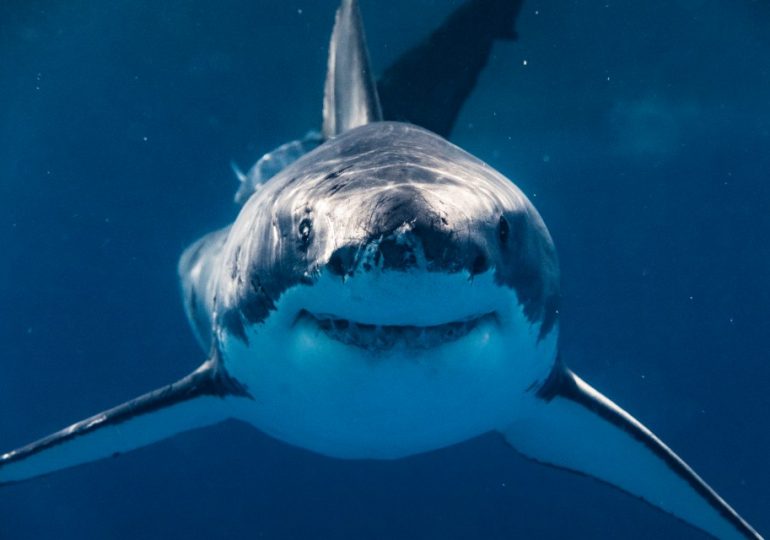RESEARCHERS are baffled by new evidence showing great white sharks and other ocean predators diving thousands of feet deeper than normal into the mysterious twilight zone.
The reason for the deep dives have left experts scrambling as no one knows why the oceans scariest creatures are taking the massive plunge and going as deep as 2,000m.
GettyResearchers have been baffled by why great white sharks are diving so much deeper than usual[/caption]
The Proceedings of the National Academy of Sciences (PNAS), did the fascinating study by tracking 12 different species of large predatory fish, including great white sharks, whale sharks, swordfish and tunas.
They electronically tagged 334 species and found the fish would regularly delve to depths between 200m and 1,000m below the ocean surface known as the twilight zone.
The beasts also travelled even further to the midnight zone that sits anywhere deeper than 1,000m and up to 3000m, where the water starts to get dark and puzzling due to a lack of sunlight.
Great whites managed 1,128m, whale sharks up to 1912 metres and swordfish a whopping 2,000m.
Scientists were left so perplexed by what they found as there really is no reason for these animals to go so deep.
All of them feed in much shallower waters so the purpose for the peculiar visits are unclear.
Camrin Braun is the study lead and assistant scientist at the Woods Hole Oceanographic Institution who helped with the project.
He told LiveScience: “There’s good evidence for some species or situations in which diving deep is clearly for foraging, so that supported our expectation.
“However, we also find several cases where we can pretty definitively say the use of the deep ocean is not for feeding – or if it is, it represents a totally different kind of predator-prey interaction or mysterious prey resource.”
Dr Braun also said the evidence they found suggested the twilight zone had been completely overlooked as a crucial habitat for all ocean life.
Otherwise known as the mesopelagic zone, this area of the ocean is the second shallowest and lets in just a slight bit of sunlight making the water a deeper shade of blue.
Great white sharks rarely reach depths lower than 200m so they often stay outside of even the twilight zone.
Dr Braun continued: “There are many ‘ifs’ in this chain and many issues in making mesopelagic fishing feasible, but it seems that biomass may be important for predators.
“Therefore, we really need to better quantify those links between predators and mesopelagic biomass before we can sustainably harvest or use those resources.”
Swordfish stay in ranges of between 200m and 600m so the fact they are commonly reaching depths of 2,000m is shocking to the researchers as they continue to try and solve the phenomenon.
Scientists have been confused by great white sharks in recent months as a new apex predator seems to be ruling the ocean.
Several great whites have been found dead with their livers brutally ripped out by a pair of orcas in new horror attacks in South Africa.
Back in October, scientists revealed killer whales had started to act in a never-before-seen way.
They had started to engage in new aggressive activities such as the brutal killings of other marine life and made scientists believe they may be getting smarter as a species.
Experts have been trying to figure out why the whales would pick up new worrying behaviours so suddenly.
GettyThe sharks are reaching depths far greater than what they feed at[/caption]
Leave a comment
















